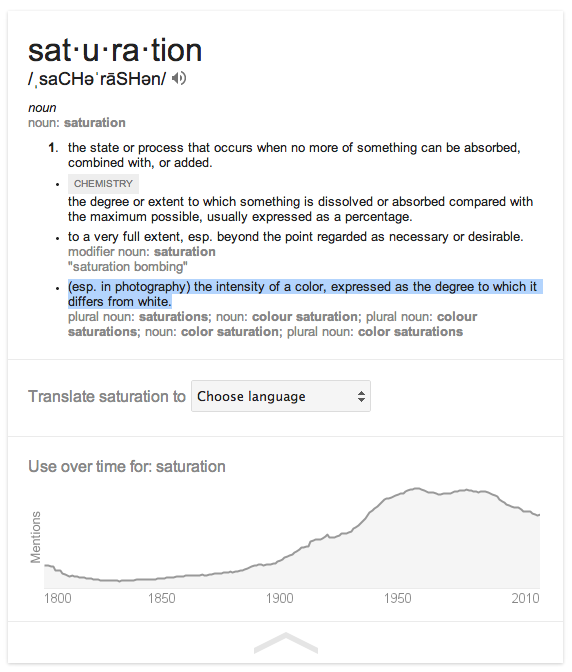“Official culture still strives to force the new media to do the work of the old media. But the horseless carriage did not do the work of the horse; it abolished the horse and did what the horse could never do. Horses are fine. So are books.” – Marshall McLuhan
The other day I picked up a book and tried to look through it. I didn’t flip through the pages or turn the book over, I simply held it in my hands and brought it closer to my face to see if anything became clearer is the distance between my eyes and the thing in my hand diminished. Much to my dismay, rather than anything contained within the book becoming clearer, I found all I was doing was make the world around me darker. The contained universe of the book is fascinating because it is something we are, for the most part culturally literate in. It contains its own beginning and end and the mind of its creator. It can fit in the palm of our hands. Because most of us have had experiences where we had to write something but couldn’t find the words to fill in the space, we understand the labor that goes into the task of its creation. Because we can hold in our hands and take time to look through it, because even when it is not in our hands it doesn’t change, the book becomes its own standard. And it is the standard we have for where knowledge worth knowing is contained. The book is the prism we use to understand knowledge. The book seems to be the model we’re building from to determine what knowledge online should look like. Me writing this is no exception. There is a slight difference I’d like to call attention to though by asking a question:

What color is the sky?
I recently asked this question during my session at DML, with a different image of a blue sky, text in blue. There was no response. I had to ask twice, and everyone said blue. It was the only answer that was logical given the givens of the image and the cultural understanding we have of the color of the sky. I have to confess I spent a good portion of my life thinking the sky was blue as well, until I listened to an episode of the podcast radiolab called “Colors”.
It is an fantastic episode. I highly suggest anyone who has time listen to the whole thing. There is a section in the podcast titled “Why Isn’t the Sky Blue?” that brought me to using the question about the sky to understand the digital as a space of knowledge production and what I like to call knowledge-play that. The piece explains that the sky has not always been blue because across cultures, blue is the last color humans learn to recognize. The sky, without the cultural knowledge of blue then is something without color. But, because we have blue, the sky is blue.
What I think is fascinating about this is even with blue, the sky we experience is capable of being so many more colors within the limited range of colors we can see (another topic explored in the podcast). It is many colors we can’t see as well. But cultural we know for certain that the sky is, in fact, blue.
I googled “the definition of saturation” so you don’t have to. It makes one of those wonderful little google boxes pop up that contains a bunch of information including the definition of saturation that is important to my thinking here:
(esp. in photography) the intensity of a color, expressed as the degree to which it differs from white.
My chapter in Field Note’s for the 21st Century is titled “The Medium is Light”. It is freely available on the HASTAC website and Rap Genius You can see the condensed video version created as part of an assignment give to me and my co-authors from Omar Daouk
What is the 21st Century Medium? from Duke 21C on Vimeo.
a video exploring aspects of digital media through McLuhan’s the Medium is the Massage and the Medium is the Message.
Since writing the book, and I more thoughts on the important for understanding light and why McLuhan’s statement that “light is pure information” is so important in this moment as we still try to figure out how the digital can be used to create a classroom without walls. I’ve already pointed to the problem of using the book as the prism for knowledge in the digital age, and provided some other things from McLuhan that show that this conversation is not a new one. What is new though is how light based electronic media have become as discussed in the chapter and video linked to above. I am a bit obsessed with backlit screens and fibre optic cables because they are our primary information sources now:
The information me we see is reflections of information that is projected and I think that is a theoretical explosion (and I sort of love thought explosions because they lead to the creation of new worlds).
If we go back to the episode of radiolab, it starts with a story of Newton trying to figure out if the color was in the prism or if it was in the light. You should listen to the podcast to hear the cultural beliefs and how he eventually figured out the prism (It worth the time!). We cultural know how prisms work. And we can use it as a metaphor, as I did when I started. The book is the prism we have for knowledge. Our devices, computers, smart phones, tablets, phablets, etc. are the prisms we use to filter and render digital data and information. Prism has a specific cultural relevance with regards to digital information given the revelations from the summer. I don’t think that is a coincidence. What my message is with all of this, especially with regards to understanding knowledge in our current information age is that, we have to think of how playful light can be. There is something from the book that I think translates very well to light. A book is like a shadow, it blocks out a lot of stuff so you get a silhouette of relevant information. Right now,
when we think of the light of the internet it is like the light of the sun, blinding if you look directly into it, but helpful and necessary to live in a world where data and information are currency.
I recently went to a Ken Wissoker talk at Duke University. He was speaking about the (academic) book. He said it is no longer the place to create new information because the information is already on the internet. The more interesting books will come up with new ways of interpreting or putting the information together. So what is the role of the digital then? I think it is to make shadow puppets. When we use it as a flashlight, like I’ve tried to do with this post, where we highlight, play with, bring together, and make move information that’s relevant to the thing we are trying to understand, if we learn to apply filters, and change the data we are rendering with our electronic devices into meaningful bits of media that resemble media from the past, we might just figure out the color(s) of the digital information age. I hope that it doesn’t end up being like the sky, stuck in a single hue, but instead it is a dynamic ever-shifting gradient that pushes the limits of our perceptions and understanding.
all photos from pixabay
find out more about the panel at DML 2014












Leave a Reply